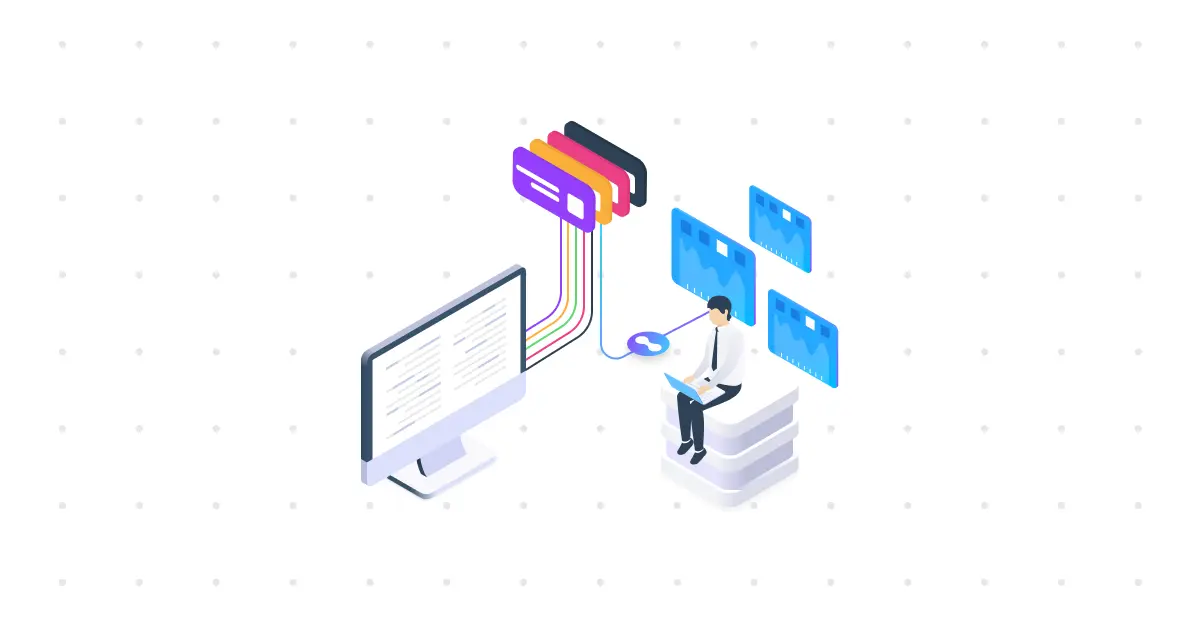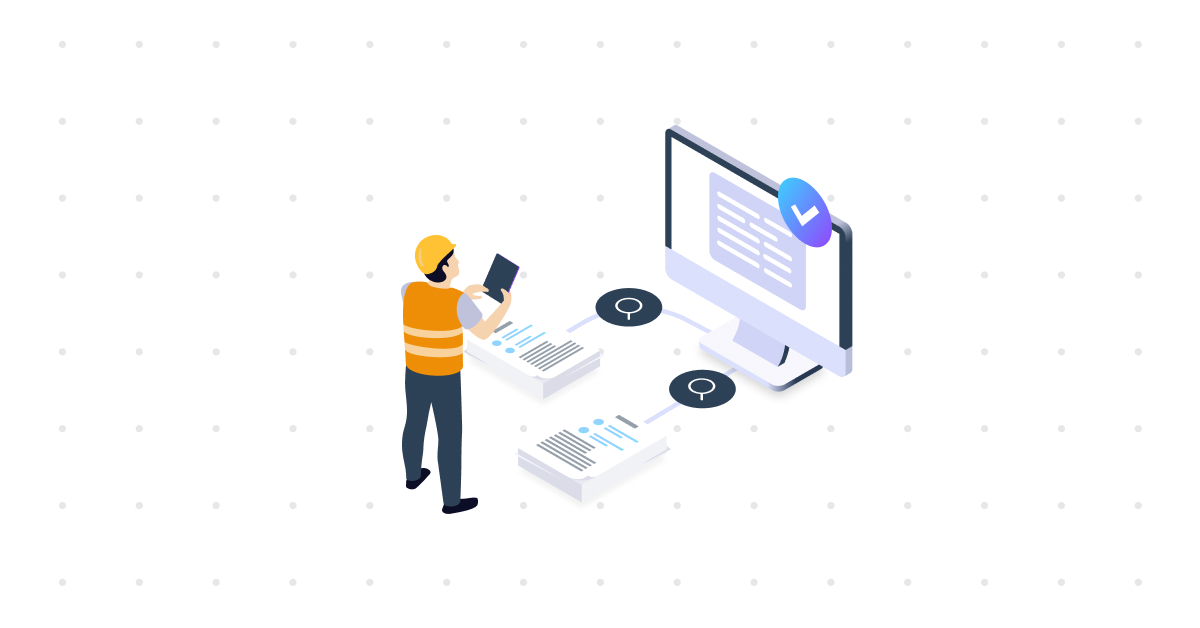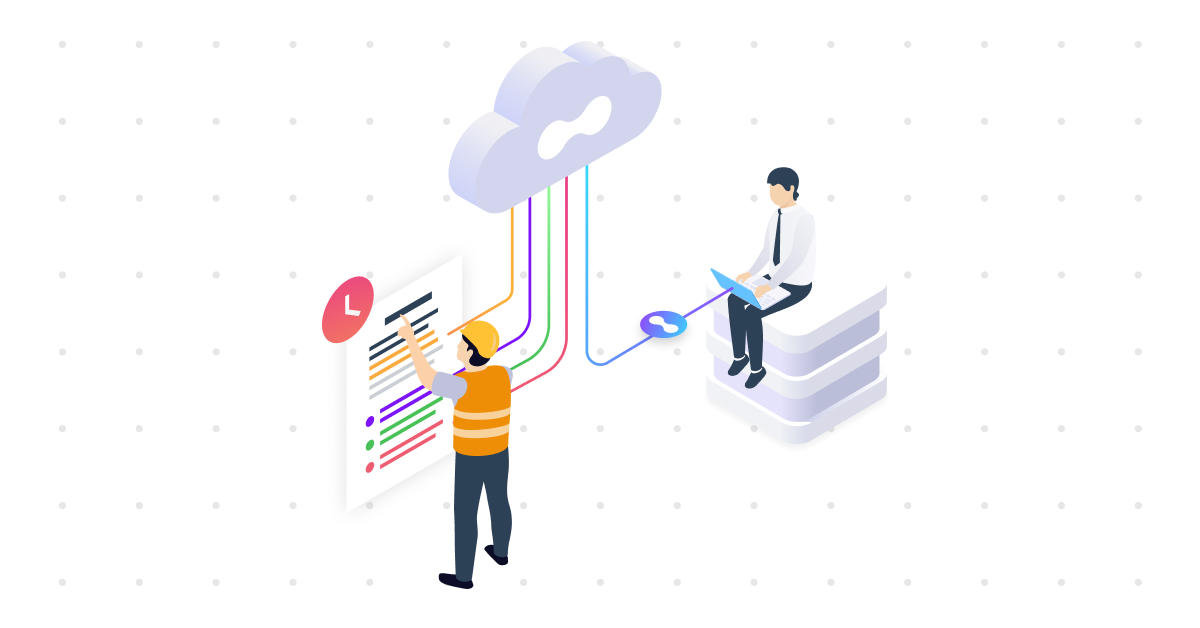Case study – Requirements Management for Civil Engineering
- Whitepaper
Have you ever wondered how you can improve your requirements management process? This white paper is for all Project managers, Tender managers, Requirements managers, Technical managers, or Design engineers who want to know more about:
- Automatically identifying, extracting, and structuring requirements,
- reusing, managing, and verifying requirements throughout the entire project lifecycle,
- exchanging requirements with all the stakeholders involved.
Find out more about how you can structure requirements management and drive value and efficiency. You will also see some examples of end-to-end traceability, AI-powered requirement extraction, and structuring requirements to improve speed and quality while reducing project delays, rework, and cost overruns.
Curious about how our clients achieve measurable results? Here’s what you’ll take away from downloading the full case study:
- Learn how to find and extract requirements without manually scanning and searching through documents by using advanced AI/NLP.
- Learn how they eliminated repetitive work by reusing standard specifications, improving consistency, and reducing errors across projects.
- Discover how they can now exchange requirements with others and stimulate better collaboration with internal and external stakeholders.
Keep scrolling to download the full case study and explore all the tools and strategies.
Structure, Link, and Reclaim Control Over Requirements
In today’s complex engineering landscape, clarity is non-negotiable whether you’re working on a new satellite platform, an electric vehicle, or a regional water system. The systems we build are more complex, integrated, and dependent on data than ever before. And yet, one of the most critical ingredients for success, the specification, is still too often […]
ReadWhy You Should Use Laces to Simplify Verification and Compliance
Verification plays a critical role in industries where precision, safety, and accountability are non-negotiable, whether you’re designing infrastructure, building vehicles, or manufacturing medical devices. Yet, for many teams, managing the verification process is still a complex, manual, and error-prone task. This is where the Laces Requirements Manager comes in. It simplifies the planning and execution […]
ReadExtracting Specifications from Documents: Manual vs. NLP-Based Extraction
Extracting, interpreting, and applying specifications from technical documents, like standards, contracts, or regulations, is often a necessary but painstaking part of project or product management. Traditionally, this has been done manually, but recent advances in Natural Language Processing (NLP) have opened up new, intelligent alternatives. In this blog, we’ll explore the differences between manual and […]
Read


